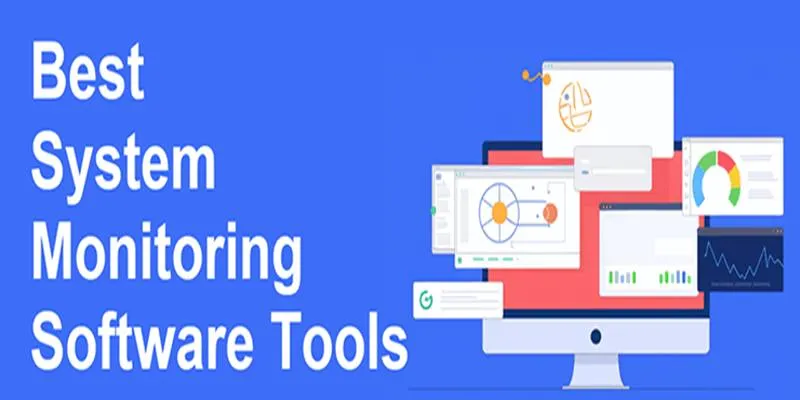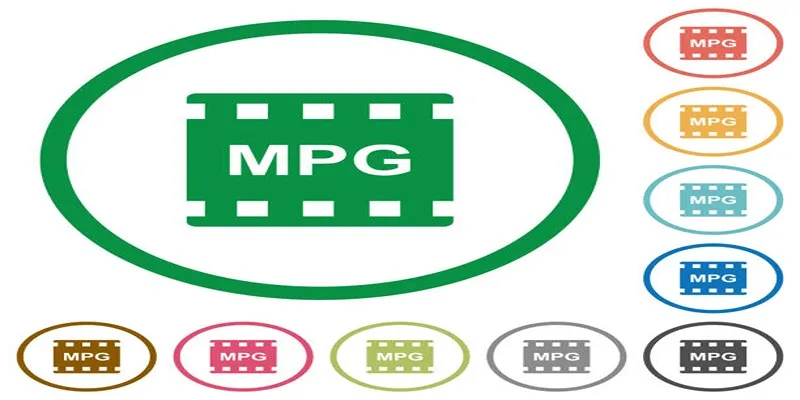Unlock Efficiency: The Ultimate Guide to GIS Mapping for Asset Management
Asset management can seem daunting without the right tools, whether you’re dealing with roads, pipelines, or electrical lines. This is where GIS mapping for asset management comes into play. It allows organizations, municipalities, and utilities to keep track of their assets in real time. By transforming complex data into comprehensible visuals, GIS helps in tracking equipment conditions and precisely locating assets. This powerful tool reduces unexpected breakdowns, improves maintenance planning, and lowers costs.
Whether you’re looking to enhance your existing systems or are new to GIS, this guide is crafted for you. We’ll explore what GIS mapping is, its significance, core features, implementation strategies, and future trends that may shape your approach. Let’s delve into how GIS can enhance efficiency and help you manage assets more effectively than ever.

What Is GIS Mapping?
GIS mapping is a vital technique for visually representing data on a digital map, linking important information to specific locations. Beyond simple imagery, it allows users to view streets, buildings, pipelines, and electricity lines. Every mapped asset can contain detailed information, such as age, condition, usage status, and maintenance records. By gathering data from sources like GPS devices, field surveys, IoT sensors, and even paper records, GIS organizes all this information on a unified platform.
Users can search for assets, zoom in and out, and filter based on specific criteria. The ability to update real-time information is invaluable for teams working in the field, ensuring everyone accesses the most current data. GIS mapping enables better asset management and faster decision-making, turning raw data into clear, visual formats that improve service performance and planning.
Why GIS Matters in Asset Management
Over time, assets wear out, break down, or become outdated. Improper tracking can lead to undetected issues that cause service delays, safety risks, and increased costs. GIS mapping provides a clear, visual representation of every asset, helping to prevent these problems. It allows you to monitor asset conditions in real time, understand their purposes, and see their locations.
With GIS, you can schedule planned repairs, reducing the risk of unexpected breakdowns. For instance, if a location experiences frequent pipe breaks, GIS can identify patterns for early intervention. By being proactive, you reduce emergency repairs and downtime. Providing precise information on each asset’s age and condition, GIS supports better budgeting and helps schedule replacements at the optimal time.
Core Features of GIS in Asset Management
GIS offers several key features that enhance tracking, planning, and decision-making processes:
-
Visual Mapping of Assets: View all physical objects on a digital map. Every asset is defined by location, allowing users to click for pertinent information, including ID, condition, installation date, and maintenance records. This facilitates easy identification and management.
-
Real-Time Data Updates: Mobile integration enables field personnel to update asset information on-site. Every change—such as a repair or inspection—is instantly recorded and visible to the entire team, ensuring data accuracy and updates.
-
Condition Monitoring: GIS provides color-coded indicators or status symbols to monitor asset health. It’s easy to determine which assets require immediate attention and which are in good condition.
-
Maintenance Scheduling: Users receive automatic reminders for replacements, services, and inspections, ensuring timely maintenance of critical infrastructure and preventing breakdowns.
-
Integration with Other Systems: GIS can connect with other programs like inventory systems, accounting, or work orders, facilitating seamless movement between departments and enabling the sharing of crucial asset data.

How to Implement GIS in Asset Management
Implementing GIS for asset management involves several careful steps:
-
Start with a Clear Plan: Identify your objectives. Decide which assets—such as roads, pipes, or buildings—you want to manage using GIS. List the necessary information for each asset, including location, condition, and maintenance history. A well-defined plan keeps you focused.
-
Collect and Prepare Data: Gather all available spreadsheets, maps, reports, and asset records. Use field surveys or GPS tools to fill in missing data. Ensure your data is accurate, organized, and clean before entering it into the GIS system.
-
Choose the Right GIS Software: Select programs suitable for your company’s size and budget. ArcGIS, QGIS, and Cityworks offer robust mapping and tracking tools. Look for features that meet your team’s specific needs.
-
Train Your Team: Provide straightforward, practical training. Ensure staff can efficiently add, update, and locate asset information. Good training reduces errors and boosts confidence.
-
Keep Data Updated: Regularly update your asset data. As repairs are made or conditions change, keep the system current to ensure the reliability and usefulness of your maps.
Future Trends in GIS for Asset Management
GIS in asset management is evolving towards smarter, faster, and more connected solutions. One key development is the use of artificial intelligence and machine learning, which automate maintenance alerts and predict asset failures before they occur. 3D mapping is another growing area, offering deeper insights, particularly in complex environments like cities or underground systems.
Cloud-based GIS systems are gaining popularity, providing remote access and real-time updates for field teams. Mobile devices allow employees to collect and update data more easily and immediately. The Internet of Things (IoT) is innovating asset tracking through smart sensors that deliver real-time performance, location, and condition data. These trends help reduce costs, enhance planning, and minimize downtime.
Conclusion
GIS mapping plays a crucial role in smart and effective asset management. It enhances planning, provides real-time insights, and supports informed decision-making. From tracking asset location and condition to planning timely repairs, GIS simplifies infrastructure management. As technology evolves, features like artificial intelligence, IoT, and cloud access will increase their value. Whether managing private facilities, municipal roads, or public utilities, adopting GIS now helps you build a more reliable, future-ready system, beyond just organizing data. Embrace GIS to reduce downtime, cut costs, and improve performance.
By understanding and implementing GIS mapping, you’re not only optimizing your current operations but also preparing for a more efficient future.
Related Articles

Best Apps for iPhone: 6 To-Do List Picks in 2025

The 6 Best Construction Management Software Options to Streamline Your Projects

Top 5 Scheduling Software for the Healthcare Industry You Need to Know

8 Must-Have Productivity Tools Every Software Engineering Manager Needs

User Favorites: 5 Field Service Management Mobile Apps You Should Try

Asana vs. Basecamp: Find the Best Fit for Your Projects in 2025

Comparing Airtable and Asana in 2025: Which Tool Should You Choose

The 8 Best To-Do List Apps for Android in 2025

Asana vs. Jira: Which Offers Better Project Management?

12 Best Productivity Apps for Mac in 2025

Discover the Top 10 Fastest Web Browsers to Use in 2025

Discover the 6 Best Employee Management Software and Apps for 2025
Popular Articles

Amazon Prime Video Begins AI Dubbing to Expand Foreign Content

Creating Space-Saving Archives in WordPress

Top Dictation Software to Try in 2025 for Seamless Speech-to-Text Conversion

ShareX vs Competitors: Top Alternatives You Need to Know

Top Video Editing Tools with a Wide Range of Free Sound Effects

Top 4 Vertical Video Editors to Edit Vertical Videos Quickly

How to Convert MTS/M2TS Videos Easily and Effectively

Getting Real Results from an Internet Speed Test

Top System Monitoring Software You Need for Smooth PC Performance

Reimagine Songs with Suno's New AI-Powered 'Covers' Feature

Disabling Notifications in Chrome: A Quick Guide

 mww2
mww2